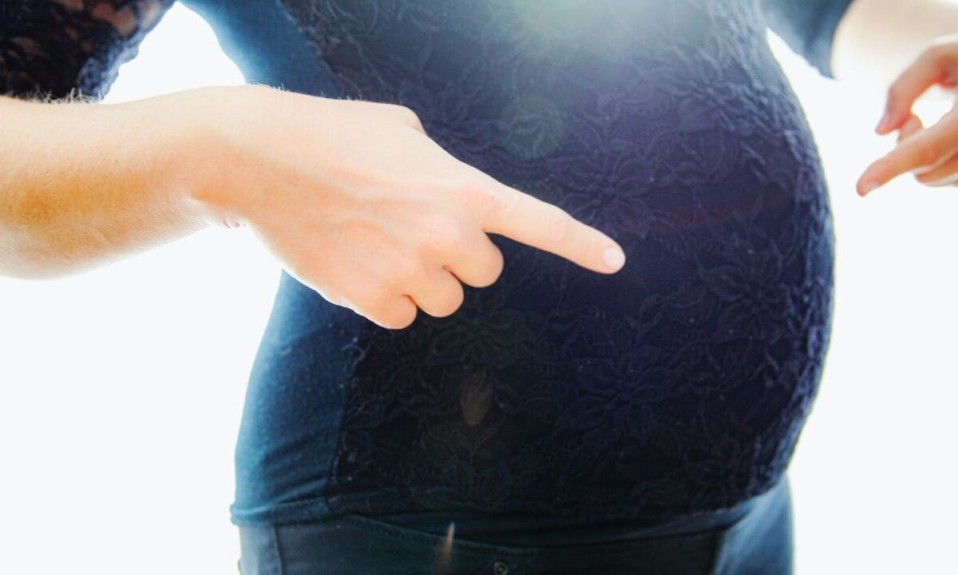Researchers from the University of Oregon have been chipping away at answering this understudied question
By Jenny Diedrich
April 22, 2021A cutting-edge University of Oregon study is examining the effects of opioid use during pregnancy on the breathing circuits of developing infants.
Despite the prevalence of opioid use by pregnant women, this is an understudied population, according to Adrianne Huxtable, Ph.D., associate professor of human physiology at the University of Oregon, who is leading the project. “An infant exposed to maternal opioids is born approximately every 15 minutes, which supports our scientific premise for studying the neonatal consequences of maternal opioids,” she says.
The work we do can help better inform what exposures to opioids could be doing at specific timeframes of development.”—Adrianne Huxtable, University of Oregon
Huxtable specializes in the brain’s role in controlling breathing, which is much less understood than that of the lungs, diaphragm or airways. Although some aspects of opioids’ effects on maternal and fetal health have been studied, Huxtable and her team approached the research in a unique way by starting later in gestation.
“We are looking at how opioids during a very specific development window affect circuits in the brain that control breathing. We took a different approach and waited for cells in the central nervous system to be born and get to the appropriate location. We wanted to influence the function of circuits as opposed to overall development,” she says.
Opioid Study Methodology

The study involved two litters of pregnant rats—one that received daily opioids starting late in gestation and another that was not exposed to opioids. Researchers used methadone because it’s the most commonly prescribed opioid, Huxtable says. The animal model allowed her team to look at the effects of substance use without any other contributing factors, including other substances or environmental factors.
Results showed that opioids do impair the functioning of the breathing circuit. Neonates born after exposure to maternal opioids had more breathing deficits and periods of apnea, which can lead to nervous system problems and developmental delays, Huxtable says. “Our results demonstrate deficits in breathing, impaired maturation of breathing circuits, and suggest a unique window of breathing vulnerability. Breathing is less stable after maternal opioid exposure.”
Huxtable’s work so far in this area was published earlier this year in Frontiers in Physiology. She hopes her continued research into the subject can help guide standards of care. “The work we do can help better inform what exposures to opioids could be doing at specific timeframes of development,” Huxtable says.
Top photo: Damir Spanic














